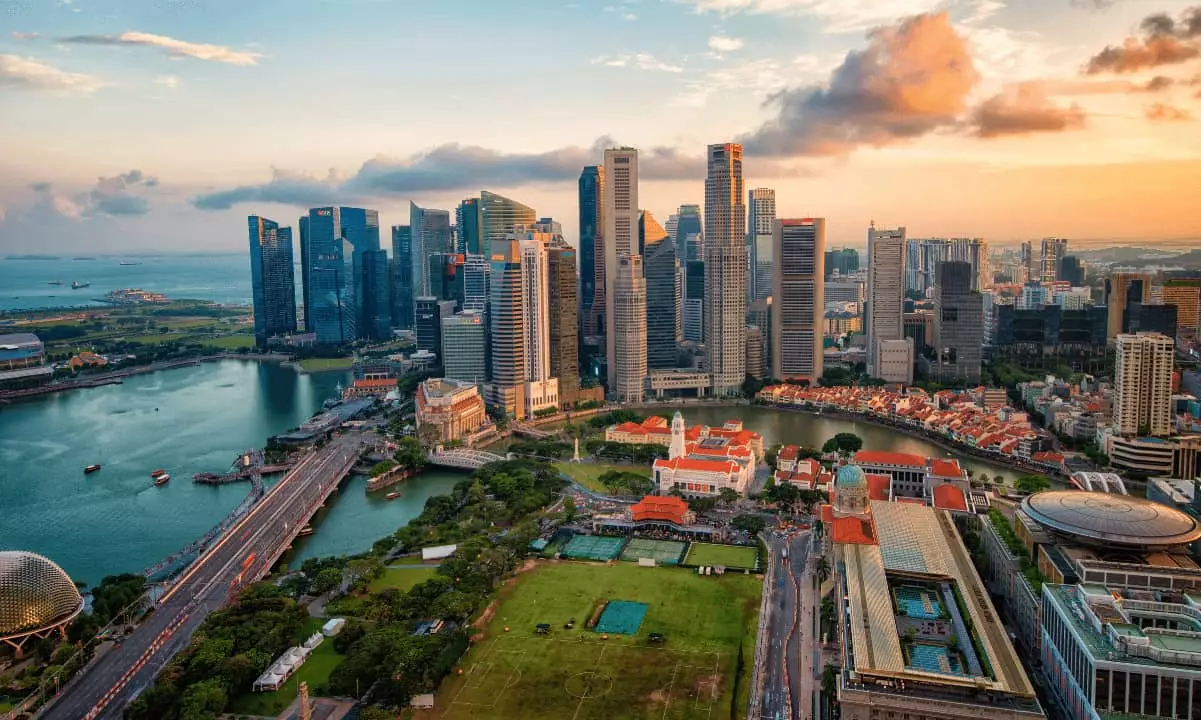Cryptocurrencies have become increasingly popular in recent years, with stablecoins being one of the fastest-growing sectors. However, last year’s stablecoin implosion highlighted the need for global regulations and norms to ensure the stability and transparency of this sector. While many international leaders have called for such regulations, only a few have taken concrete steps to enact them. In contrast, Singapore’s central bank, the Monetary Authority of Singapore (MAS), has taken proactive measures by introducing a structured regulatory framework for stablecoins.
The MAS’s regulatory framework aims to bring transparency to stablecoin issuers and their operations. It incorporates input received during a public consultation in October 2022 and sets out various prerequisites for stablecoin issuers. One of the key requirements is value stability. The reserve assets of stablecoins must meet specifications concerning their constitution, valuation, safekeeping, and audit. These measures contribute to maintaining a high degree of confidence in the value stability of stablecoins regulated in Singapore.
To mitigate the risks of insolvency and enable the orderly shutting down of business if necessary, stablecoin issuers must uphold a minimum base capital and maintain liquid assets. This requirement ensures that stablecoin issuers have sufficient capital to address potential financial risks and protects the interests of stablecoin holders. By setting these capital requirements, the MAS aims to enhance the overall stability and resilience of the stablecoin ecosystem.
Another critical aspect of the regulatory framework is the requirement for issuers to refund the par value of stablecoins to holders within five business days from a redemption request. This ensures that stablecoin holders have a reliable and timely redemption process, enhancing the trust in stablecoins as a medium of exchange.
In addition to redemption requirements, stablecoin issuers are also required to provide users with necessary disclosures. These disclosures include details about the value-stabilizing mechanism of the stablecoin, the rights of stablecoin holders, and the results of audits performed on the reserve assets. By mandating such disclosures, the MAS aims to promote transparency and ensure that users have access to the information needed to make informed decisions when engaging with stablecoins.
Stablecoins that meet all the criteria outlined in the regulatory framework will be labeled as MAS-regulated stablecoins. This designation sets them apart from stablecoins that lack regulatory oversight. Being recognized as MAS-regulated stablecoins can provide a significant advantage for stablecoin issuers, as it signals a commitment to transparency, value stability, and compliance with regulatory requirements.
Singapore’s proactive approach in adopting regulatory measures for stablecoins establishes the city-state as one of the world’s first jurisdictions to do so. The MAS’s efforts aim to facilitate the use of stablecoins as a credible digital medium of exchange and as a bridge between fiat and digital asset ecosystems. It encourages stablecoin issuers to make early preparations for compliance if they want their stablecoins to be recognized as MAS-regulated stablecoins.
Singapore’s regulatory framework for stablecoins aligns with its broader goal of becoming a hub for digital currencies. The region’s regulators are actively seeking to attract international companies, especially in light of critiques from the crypto sector regarding the regulatory framework in the United States. Over the past several months, several prominent crypto platforms, including Blockchain.com, Crypto.com, Gemini, Circle, Paxos, and Ripple, have secured authorization in Singapore. This influx of international companies demonstrates Singapore’s growing status as a preferred destination for crypto-related businesses.
Singapore’s regulatory framework for stablecoins sets an important precedent for the global regulation of this sector. By prioritizing transparency, value stability, and investor protection, the MAS aims to foster confidence and trust in stablecoins. The framework’s requirements for capital, redemption, and disclosures contribute to a more resilient stablecoin ecosystem. As other jurisdictions consider implementing regulations for stablecoins, they can look to Singapore as a model for establishing comprehensive regulatory frameworks that address the unique challenges and potential risks associated with stablecoins.

